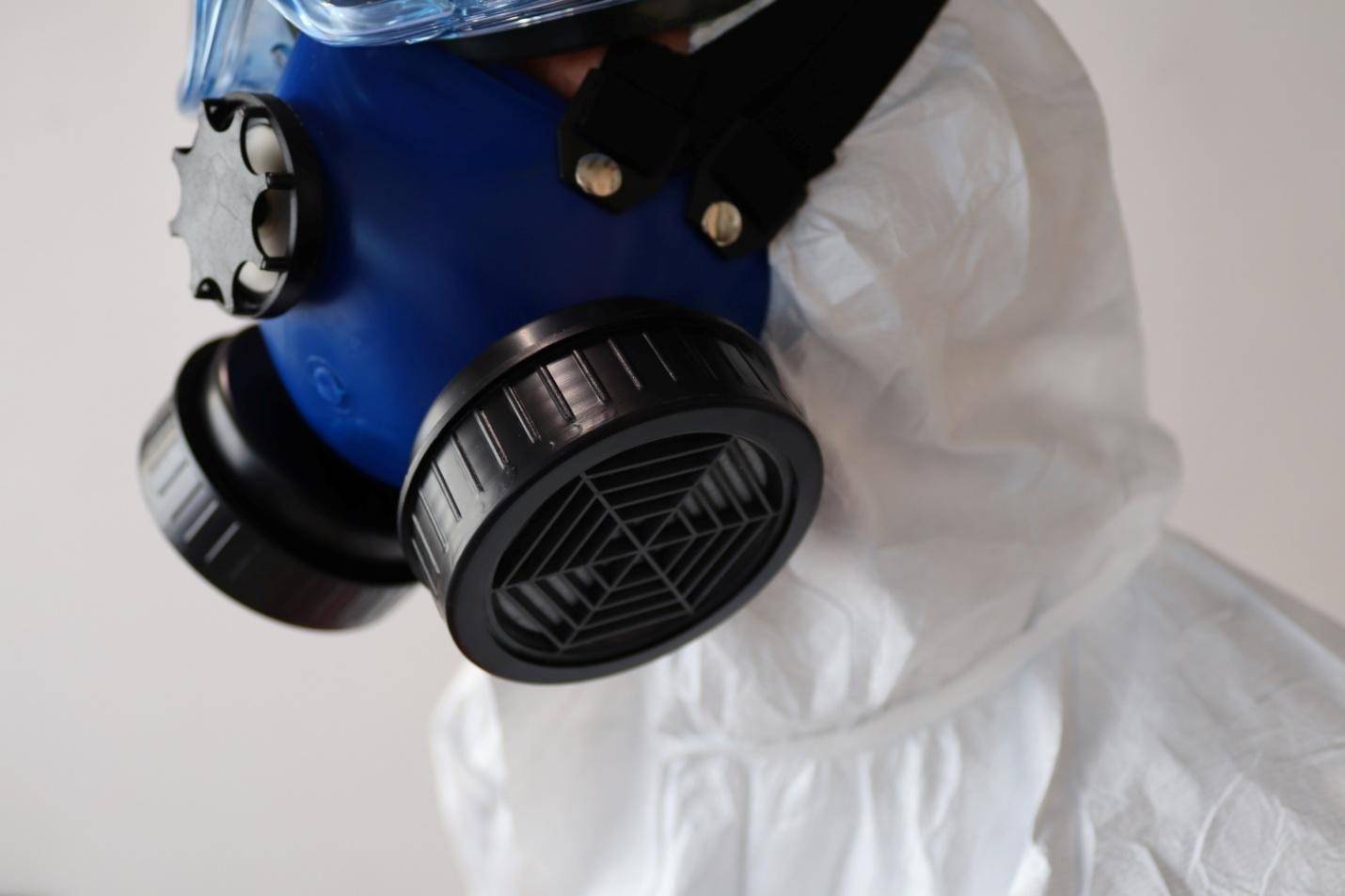The Occupational Safety and Health Administration (OSHA) is a federal agency that safeguards the health and safety of workers in the United States. OSHA has three major functions which help you develop a safety program for your workplace.
OSHA’s mission is to set and enforce standards, train employers and workers on safe practices, and encourage employers to develop their safety programs.
A new Respiratory Protection Standard for protecting workers from harmful airborne contaminants from the Occupational Safety and Health Administration (OSHA). The administration issued a final standard for respiratory protection under the authority of the Federal OSHA Act. This standard provides employers with a comprehensive regulatory framework to protect employees from exposure to harmful airborne contaminants in the workplace.
The new standard requires employers to: assess hazards and then determine if respirators are needed, train employees in proper hygiene practices; provide medical evaluations for employees who use respirators; and conduct fit testing when required by conditions of use.
Respiratory protection equipment is designed to reduce employees’ exposure to harmful contaminants in the workplace. Respirators are made for different hazards, like particulate filters or chemical cartridges. They can fall into five categories: particulate filters, chemical cartridges, powered air-purifying respirators (PAPRs), atmosphere-supplying respirators and self-contained breathing apparatus (SCBA). Employers must ensure that respirators meet applicable requirements under 29 CFR 1910.
Respirators aren’t substitutes for engineering or administrative controls. They are used to protect against certain hazards. For If se good air ventilation and dust concentrations are lower than what National Institute for Occupational Safety and Health [NIOSH] considers a risk to your health. You don’t need to wear a respirator while performing the task.
Below are the different types of NIOSH-approved respirators and their corresponding requirements.

Type of Respirator Protection
To protect against contaminants like dust, certain chemicals and fumes inhaled through the nose and mouth, employees must wear a respirator. These respirators come in two types: negative pressure and positive pressure. Negative pressure respirators use air pressure to keep contaminants out; positive pressure respirators use air pressure to keep contaminants out.
Respirators fall into two categories: air-purifying and air-supplying. Purifying respirators filter out airborne contaminants such as oil or dust while supplying clean air to the user. Supplying respirators pump in a gas under pressure through hoses to the facepiece.
While Air-supplying respirators are worn on the belt or shoulder straps and supply breathing gas under pressure through hoses to the facepiece, the blower unit supplies air to the mask.
Respiratory Protection Program
Your company will need to develop a safety plan to protect workers from exposure to dangerous substances and potentially dangerous concentrations of airborne contaminants. The plan should include initial training, fit testing, medical evaluations, use, cleaning, storage, inspection, maintenance and repair, worker complaints, program evaluation and follow-up actions, and how employees will be protected from exposure during emergencies such as fires or toxic releases.
Employers must also provide training on using respirators and other protective equipment when used in the workplace. This training should include information on selecting the right respirator based on hazards at the worksite; how to properly wear, use and care for different masks; how often to inspect and maintain your equipment; and properly inspect and decontaminate or dispose of contaminated or defective masks.
The standard does not apply to:
Employees who are only exposed to dust while commuting or travelling through air, road and other means of transportation.
Employees who are not required to wear respirators as part of their job duties and employees who are not exposed to hazardous chemicals in their work are not covered by this standard.
Though, Employees who don’t wear respirators as part of their job duties might be required to use them in case of an emergency response or involvement with activities at the employer’s facility.
Alton Clarke was born and raised in Syracuse. He has written for MSNBC, The Business Insider and Passport Magazine. In regards to academics, Alton earned a degree from St. John’s University. Alton covers entertainment and culture stories here at Diving daily.
